Outboard Motor Installation: A DIY Guide for Boat Owners
Whether you're upgrading an older engine or mounting a new one for the first time, installing an outboard motor on your own can be a smart, cost-saving move. But precision matters. From lining up the transom to connecting the fuel system, every step plays a role in safe operation. This guide walks you through how to install an outboard motor properly.
How to Install an Outboard Motor: Step-by-Step
1. Prepare the Transom
Start by inspecting your boat’s transom to make sure it's solid—no soft spots, cracks, or rot. If your boat has an aluminum or fiberglass hull, wipe down the surface where the motor bracket will mount.
If you're reusing old holes from a previous engine, make sure they're clean and sealed. A good marine-grade sealant will help prevent water from seeping in around the bolts.
2. Align and Position the Motor
Carefully lower the motor onto the transom, lining it up so that the cavitation plate sits level with—or just below—the bottom of the hull. Incorrect height can hurt performance, reduce fuel efficiency, or cause poor water intake.
Use a jack or get a second set of hands to help position it properly. If your boat uses a mounting bracket, double-check that it's rated for the engine's weight and horsepower.
3. Drill and Bolt the Motor Securely
With the engine aligned, mark the bolt holes and drill with care. Use stainless steel hardware—bolts, washers, and locking nuts—for corrosion resistance and a secure hold.
Apply sealant around each bolt before inserting it and tighten in a crisscross pattern to keep pressure evenly distributed. Check your motor’s manual for torque specs and tighten accordingly.
4. Attach the Fuel Line
Connect the fuel hose from your tank to the engine’s fuel inlet. Make sure the connection is tight and leak-free. Squeeze the primer bulb until it firms up, which means fuel is reaching the engine.
If you're using a portable tank, don’t forget to open the vent. Always inspect fuel hoses and clamps for signs of wear before each install.
5. Wire the Battery and Controls
Always ensure your battery is disconnected. Follow your wiring diagram to connect the outboard's wiring harness to the boat's battery and control panel (if applicable).
For remote controls and steering, follow the setup instructions specific to your outboard model. Make sure the throttle is calibrated correctly and the motor shifts smoothly into neutral before starting.
Final Safety Checks Before Starting Up
Before turning that key, run through this quick checklist:
- Confirm the motor is in neutral.
- Ensure the cooling water intake is submerged (in a test tank or with flush muffs).
- Re-check all bolts, hoses, and clamps.
- Open the fuel tank’s air vent.
- Prime the bulb and listen for fuel flow.
- Once everything looks right, start the motor and let it idle.
- Watch for a steady stream of water from the telltale and listen for any strange noises.
Installing an outboard motor yourself is entirely doable—and a great way to get more hands-on with your boat. If you carefully follow the right steps, you’ll have your engine mounted, connected, and ready for the water.
Need help picking the right tools or parts? Get in touch with our team—we’re here to help you rig your setup with confidence.

 Monthly Payments
Monthly Payments




